Get a custom course package
We may not have any package deals available including this course. If you enquire or give us a call on +1 6474932992 and speak to our training experts, we should be able to help you with your requirements.
Module 1: Introduction to Reverse Engineering
Module 2: Low-Level Software
Module 3: Windows Fundamentals
Module 4: Exploring Reversing Tools
Module 5: Deciphering File Formats
Module 6: Auditing Program Binaries and Reversing Malware
Module 7: Piracy and Copy Protection
Module 8: Antireversing Techniques
Module 9: Introduction to Reversing .NET
Module 10: Overview of Decompilation


This Reverse Engineering Course is designed for individuals seeking to enhance their skills and knowledge in the field of Reverse Engineering. This course is particularly beneficial for professionals such as:
There are no formal prerequisites to attend the Reverse Engineering Training Course. However, a basic understanding of Windows OS and computer architecture concepts would be beneficial.
The Reverse Engineering Training Course, a cornerstone of our Advanced Technology Courses, immerses delegates in the intricate world of dissecting and comprehending the inner workings of software and hardware systems. Reverse Engineering is a pivotal skill in the technological realm, allowing individuals to unravel the complexities of existing technologies, enhance security measures, and foster innovation.
In an era where digital security is paramount, the importance of mastering Reverse Engineering cannot be overstated. Cybersecurity Professionals, Software Developers, and IT Forensics Experts are entrusted with safeguarding systems against evolving threats. A thorough understanding of Reverse Engineering empowers these professionals to proactively identify vulnerabilities, analyse malicious code, and fortify systems against potential cyber-attacks.
This 1-day training by the Knowledge Academy caters specifically to the needs of professionals aiming to delve into the realm of Reverse Engineering. Delivered by industry experts, the course provides a comprehensive overview of Reverse Engineering methodologies, tools, and practical applications.
Course Objectives:
Upon completion, delegates will emerge with the expertise to conduct systematic Reverse Engineering, enabling them to enhance the security of digital systems, unravel complex algorithms, and contribute effectively to cybersecurity initiatives in their professional roles.




Why choose us
Experience live, interactive learning from home with The Knowledge Academy's Online Instructor-led Reverse Engineering Training. Engage directly with expert instructors, mirroring the classroom schedule for a comprehensive learning journey. Enjoy the convenience of virtual learning without compromising on the quality of interaction.

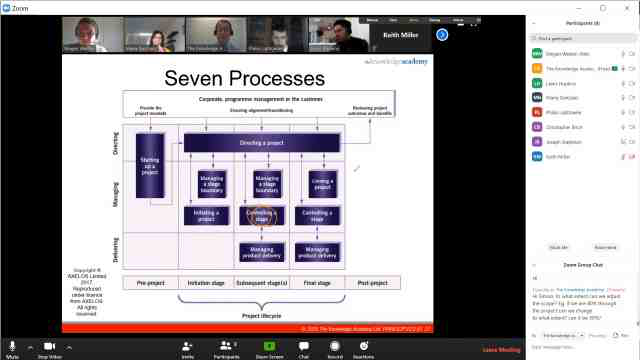
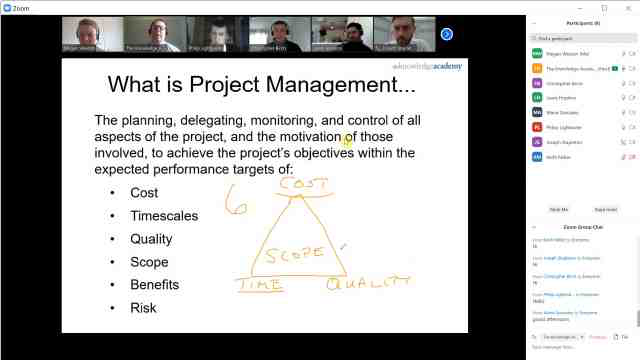

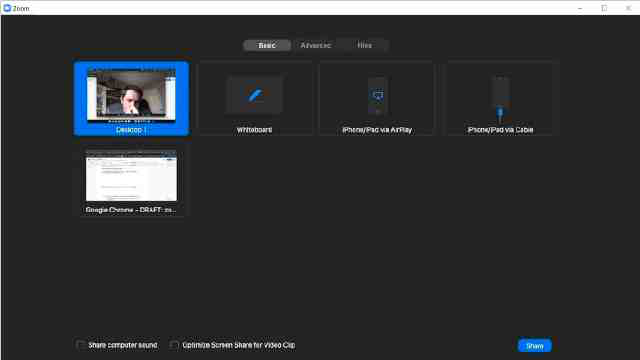
Unlock your potential with The Knowledge Academy's Reverse Engineering Training, accessible anytime, anywhere on any device. Enjoy 90 days of online course access, extendable upon request, and benefit from the support of our expert trainers. Elevate your skills at your own pace with our Online Self-paced sessions.
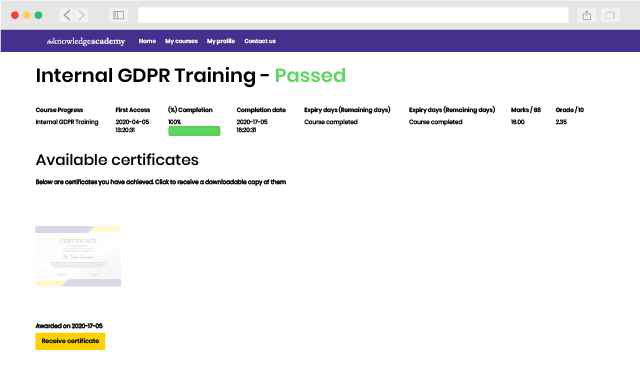
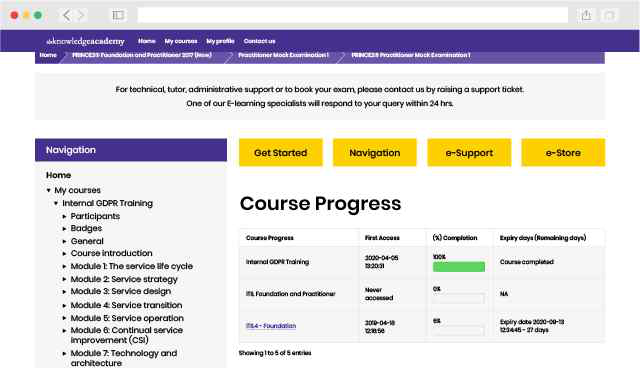
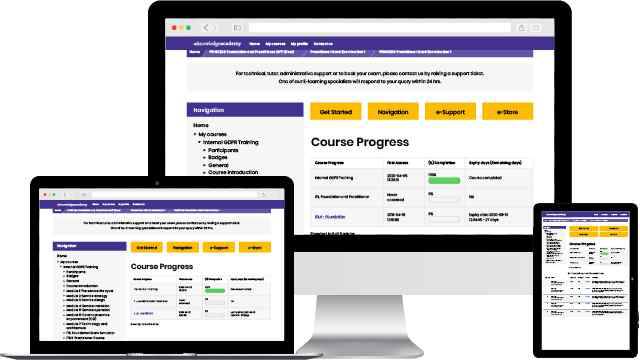
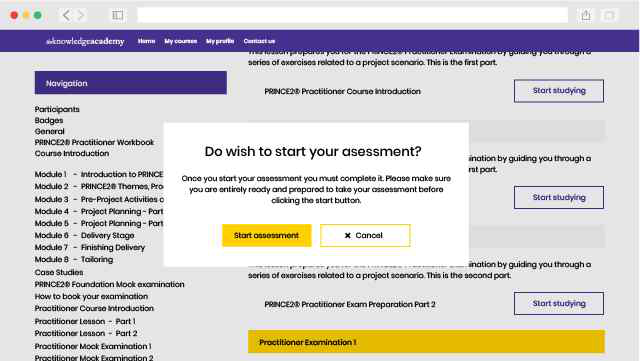



You won't find better value in the marketplace. If you do find a lower price, we will beat it.

Flexible delivery methods are available depending on your learning style.

Resources are included for a comprehensive learning experience.




"Really good course and well organised. Trainer was great with a sense of humour - his experience allowed a free flowing course, structured to help you gain as much information & relevant experience whilst helping prepare you for the exam"
Joshua Davies, Thames Water



 Back to course information
Back to course information
We may not have any package deals available including this course. If you enquire or give us a call on +1 6474932992 and speak to our training experts, we should be able to help you with your requirements.
 If you miss out, enquire to get yourself on the waiting list for the next day!
If you miss out, enquire to get yourself on the waiting list for the next day!

close


Press esc to close

close
Fill out your contact details below and our training experts will be in touch.



Back to Course Information